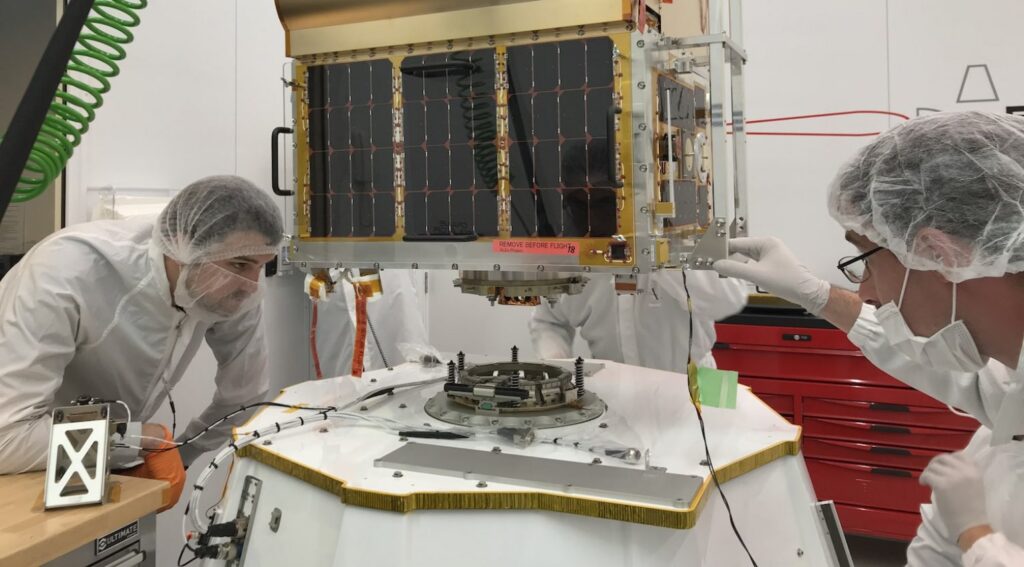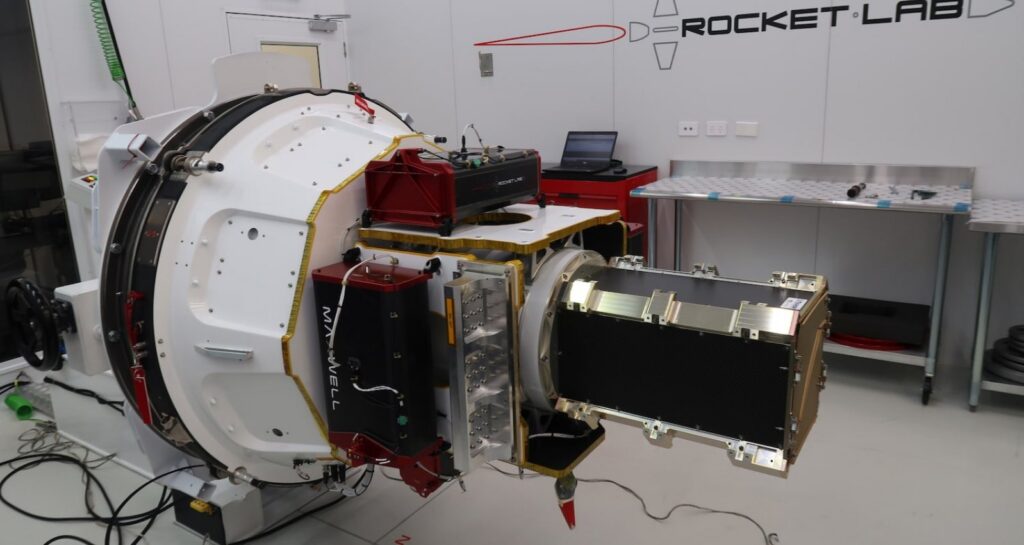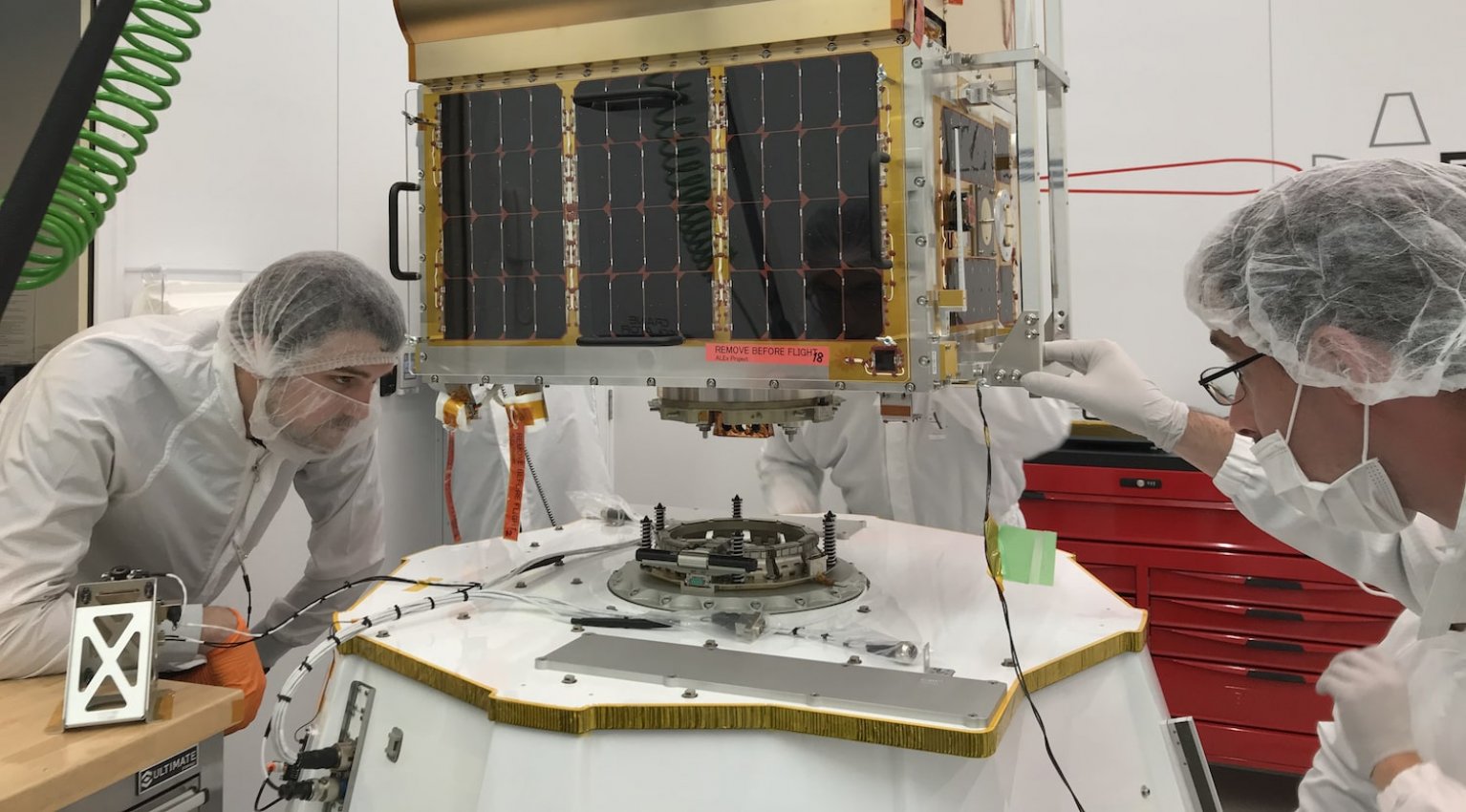
A Closer Look At Rocket Lab’s Separation Systems
Rockets are comprised of countless parts and mechanisms each with a specific role and place within the launch vehicle. The majority of the time you will see a two-stage rocket consisting of a first and second stage with a payload on the very top. Once the first and second stage has done their job, they must separate from each other and the payload ensuring nothing is damaged in the process.
Rocket Lab recently acquired a company named Planetary Systems Corporation or PSC who works on many things including separation systems. These separation systems are very high quality and unique including the Lightbands, satellite dispensers, and overall mission success. All of which come together into a very appealing product for different customers and launch services.
There is a lot of work and time that goes into a rocket prior to releasing the payload. However, this process can go wrong and result in the loss of a mission. This is why companies such as Rocket Lab are putting so much time and effort into a single component. This is another aspect of the company working to make them a more reliable and effective launch option.
What Is PSC & Rocket Lab’s Relation?

As I mentioned prior, PSC is a company that Rocket Lab acquired recently in October of 2021. This company is a Maryland-based aerospace hardware company delivering mechanical separation systems and satellite dispensers. So far this company along with Rocket Lab has 100% mission success with these components used in more than 50 missions. PSC describes itself as a company that builds the best separation systems because they don’t compromise on proving reliability. Their history consists of innovation followed by intense and rewarding engineering to prove reliability. Together Rocket Lab and PSC are building on their impressive record of success and reliability to deliver an end-to-end solution for the space industry. This means not only producing high-quality separation systems and satellite dispensers but doing it at a low cost and in a timely manner. Taking a closer look at PSC, they have been using Lightband separation systems to separate satellites from rockets successfully for over 15 years. This has helped build up their reputation along with confidence in their products such as separation systems and satellite dispensers.
Seperation System Features

Lightbands – The first aspect of Rocket Lab’s separation systems that I want to mention is the Lightbands. The Lightband is a lightweight and cost-effective separation system used to separate space vehicles from launch vehicles and to separate segments of launch vehicles. In addition, Lightbands are patented, Commercial Off The Shelf or COTS technology made with materials and methods consistent with high-reliability and Class A space flight hardware. Taking a closer look at the Lightbands, Rocket Lab details two different options and their features. The first is called the Advanced Lightband. This separation system is offered in a range of sizes from 8 to 24 inch bolt circle diameter and is meant for separating either stages from each other or a payload from a stage. One of the first benefits of this technology is that it’s easy to use and can be integrated in less than 30 minutes. Another is reliability. Through thousands of tests, Rocket Lab is very confident in the reliability of the product. This version is also a lot stiffer and stronger than other separation systems. It features integrated separation springs, switches, and connectors. Lastly, it uses no consumables nor pyrotechnic and tests of the product can be repeated in minutes.
The next separation system Rocket Lab highlights is the Mark II motorized Lightband. The MLB is offered in a range of sizes going all the way from 8 to 32 inch bolt circle diameter. This separation system is also designed for stage and payload separation. It is made of aluminum alloys and can support payloads from 50-1200 pounds. Another benefit is that it’s a non-pyrotechnic separation system. Over time the company has managed to have over 45 lightbands flown. All of which were successful in orbit. The MLB is the lowest overall cost and needs no consumables to operate.
Mission Success – The next feature of Rocket Lab’s separation systems that I wanted to highlight has to do with mission success and the general information around this topic. Starting with both Rocket Lab’s and PSC’s goal with different separation systems. Rocket Lab mentions that PSC’s fully-encapsulated Canisterized Satellite Dispensers or CSD, are a reliable and cost-effective housing for small satellites. This helps minimize damage risk and eliminates the necessity for heavy or complicated interface structures between satellites and the launch vehicle. They also mention that PSC’s Lightbands and CSDs complement Rocket Lab’s space hardware offering that includes the Maxwell satellite dispenser, which is the industry’s lightest CubeSat dispenser in its class. This is possible by incorporating Rocket Lab’s signature carbon-composite material and design, making Maxwell optimized for mass and simplicity. It also ensures its fully integrated with Rocket Lab’s Electron launch vehicle, simplifying payload integration and deployment for small satellite missions. All of this with the goal of providing a better product for less money and in a shorter amount of time.
Satellite Dispensers – The final aspect surrounding Rocket Lab’s and PSC’s separation systems has to do with satellite dispensers. A satellite dispenser is a space tug that is usually released from the upper stage of a rocket and designed to fly a small secondary payload to its desired location before finally deploying it. The first one which was partially mentioned prior is Rocket Lab’s Maxwell Satellite Dispenser. This is the lightest thanks to the unique carbon fiber structure. This also reduces the weight and adds strength to the dispenser. It features a dual separation switch, a one-way clutch bearing, and an in-door hinge to restrict door bounce back. In addition, there is a low spin-rate and reliable deployment ensuring the payload is in perfect condition when separated. Lastly, it uses a non-explosive lock and redundant dual door release mechanisms to ensure an accurate moment of deployment.
The next and final dispenser I want to highlight is the Canisterized Satellite Dispenser or CSD. The CSD is a reliable, testable, and cost-effective deployment mechanism for small secondary or tertiary payloads. This dispenser fully encapsulates the payload during launch providing mission assurance for both the primary payload and launch vehicle. It is also very easy to use and operate. There are no pyrotechnics, and the act of closing its door automatically preloads the payload tabs. This specific model features the lowest overall cost and includes an impressive flight heritage. Finally, the motor, which is an excellent torque transducer, can provide invaluable feedback to the health of the mechanism by monitoring voltage and current during each operation.
Conclusion
Rockets are extremely complex vehicles consisting of countless parts and mechanisms. All of which need to work perfectly together in order for a mission to be a success. If something goes wrong it could easily destroy or ruin the payload onboard. For this reason, companies such as Rocket Lab put a lot of time and effort into different separation systems and payload dispensers. These systems are high quality and unique including the Lightbands, satellite dispensers, and overall mission success. All of which combine into a very appealing and effective option for different rockets such as Electron. Rocket Lab has been using these systems for a while and plans to continue using them. We will have to wait and see how they progress and the impact it has on the space industry.
